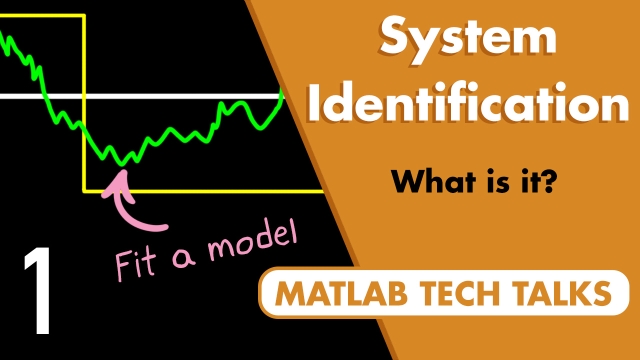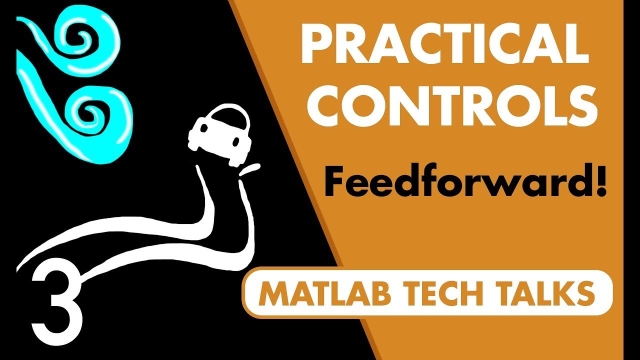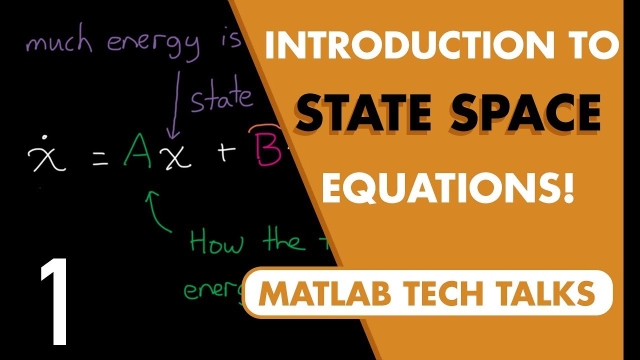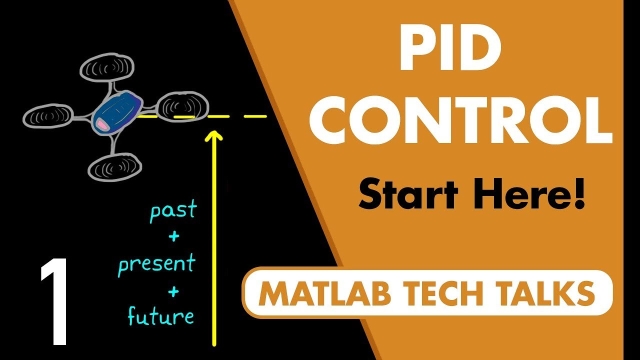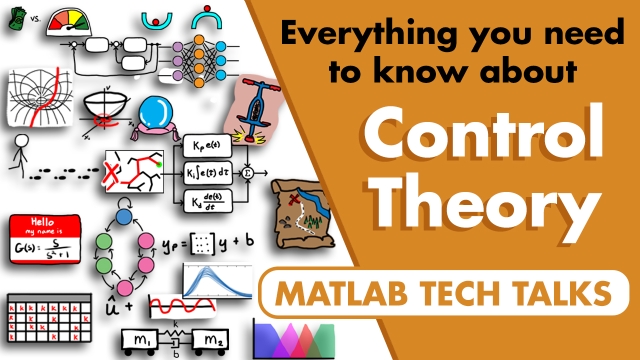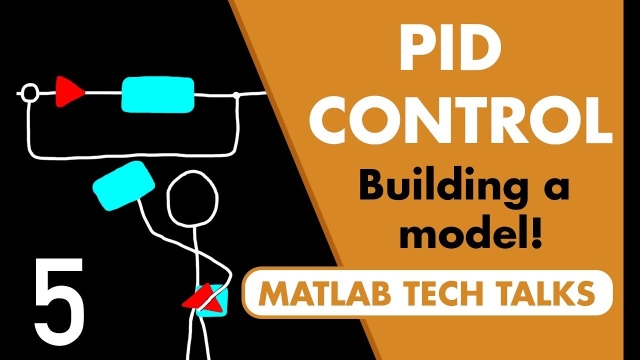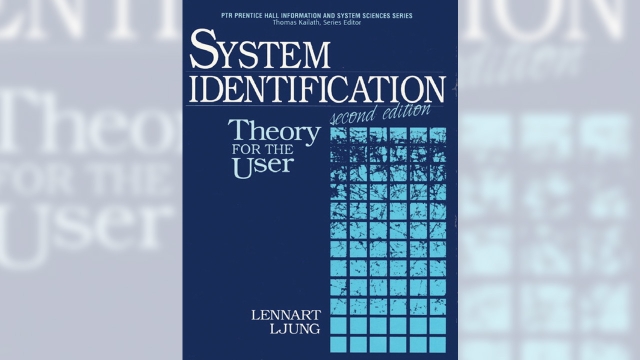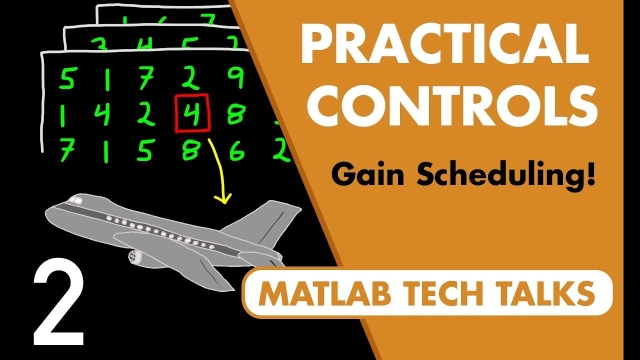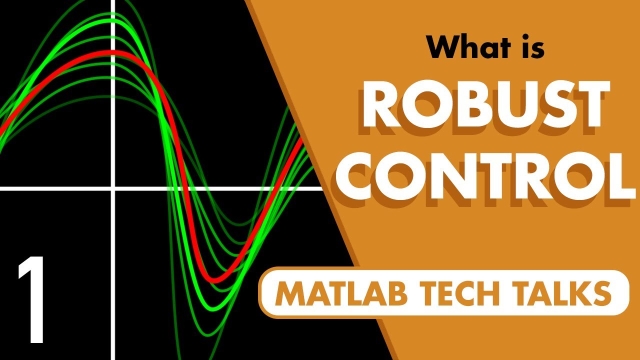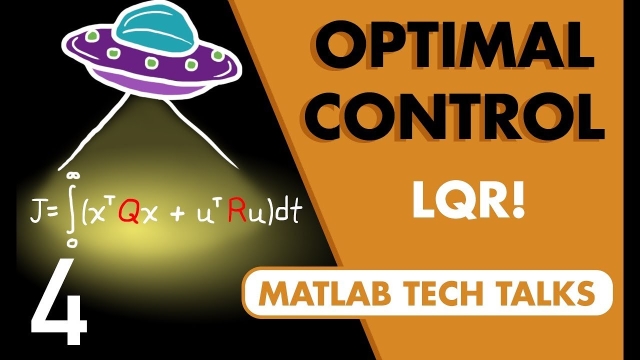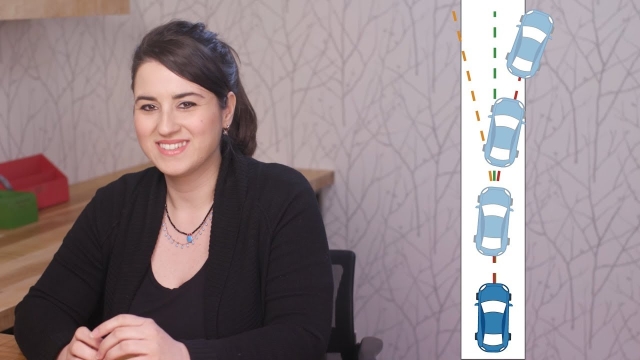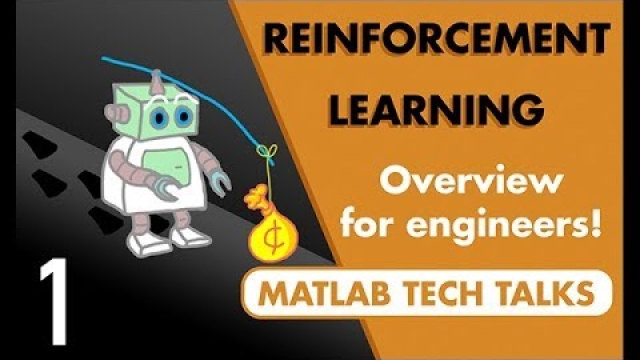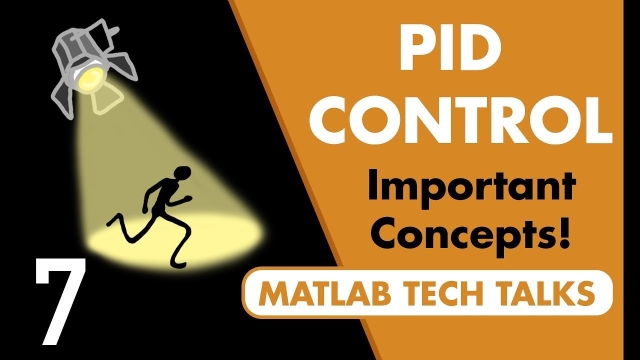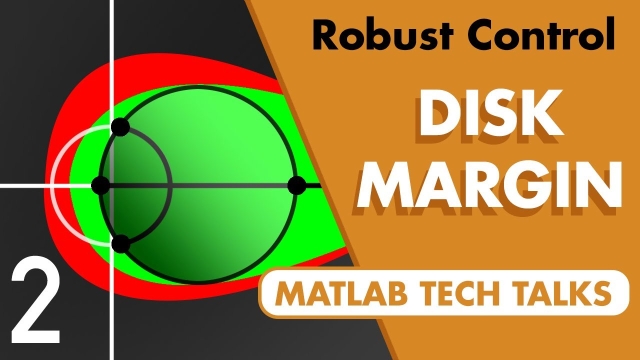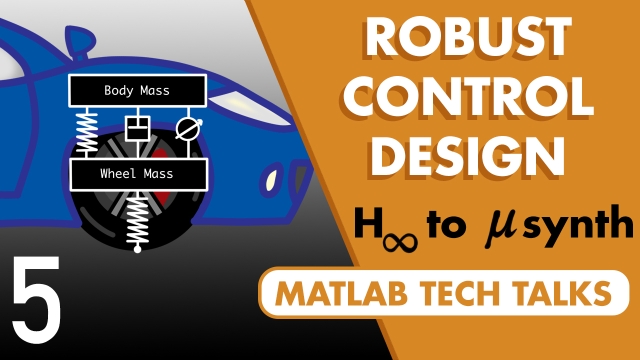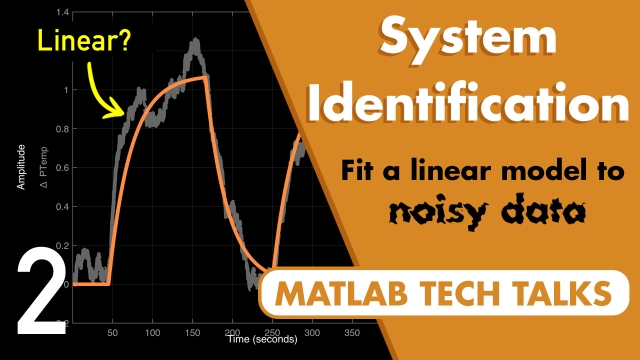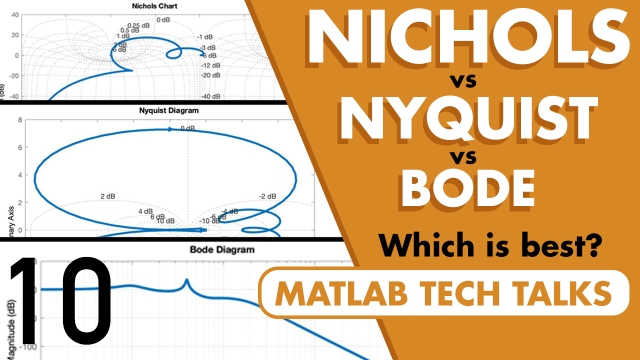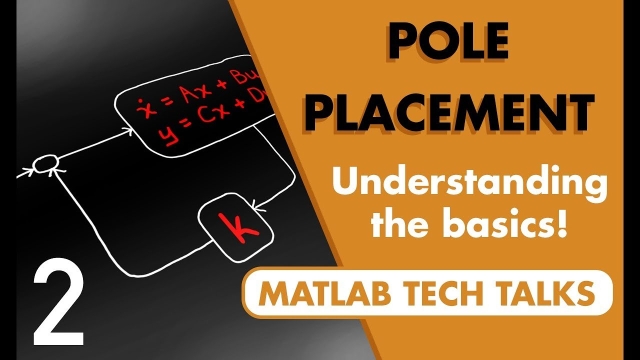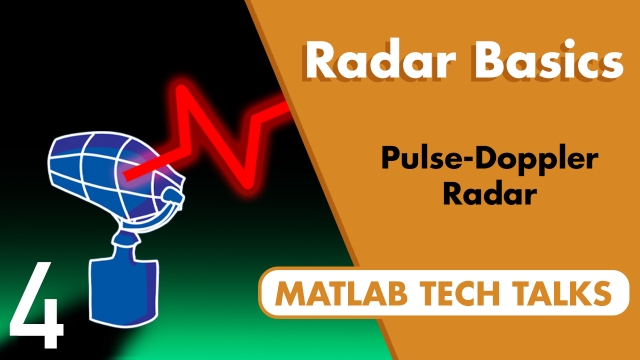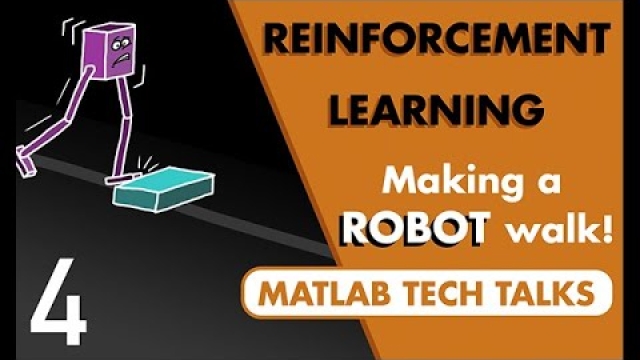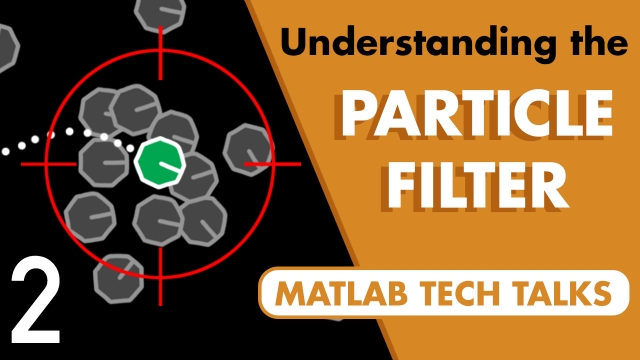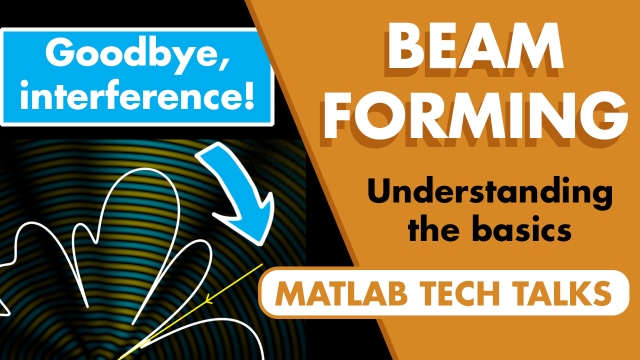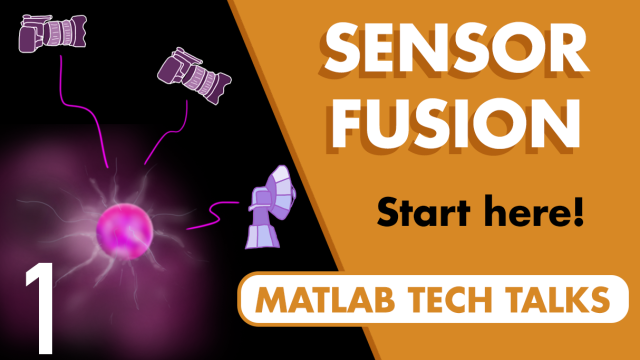
What Is System Identification? | System Identification, Part 1
Get an introduction to system identification that covers what it is and where it fits in the bigger picture. See how the combination of data-driven methods and physical intuition can improve...
See MoreControl Systems in Practice, Part 3: What is Feedforward Control?
A control system has two main goals: get the system to track a setpoint, and reject disturbances. Feedback control is pretty powerful for this, but this video shows how feedforward control...
See MoreUnderstanding Kalman Filters, Part 1: Why Use Kalman Filters?
Discover common uses of Kalman filters by walking through some examples. A Kalman filter is an optimal estimation algorithm used to estimate states of a system from indirect and uncertain...
See MoreState Space, Part 1: Introduction to State-Space Equations
Let’s introduce the state-space equations, the model representation of choice for modern control. This video is the first in a series on MIMO control and will provide some intuition around...
See MoreUnderstanding PID Control, Part 1: What is PID Control?
Chances are you’ve interacted with something that uses a form of this control law, even if you weren’t aware of it. That’s why it is worth learning a bit more about what this control law is...
See MoreEverything You Need to Know About Control Theory
Control theory is a mathematical framework that gives us the tools to develop autonomous systems. Walk through all the different aspects of control theory that you need to know.
Some of the...
See MoreUnderstanding PID Control, Part 5: Three Ways to Build a Model
Tuning a PID controller requires that you have a representation of the system you’re trying to control. This could be the physical hardware or a mathematical representation of that hardware...
See MoreSystem Identification: Theory for the User
From the Back Cover
The field's leading text, now completely updated.
Modeling dynamical systems ― theory, methodology, and applications.
Lennart Ljung's System Identification: Theory...
See MoreControl Systems in Practice, Part 2: What is Gain Scheduling?
Often, the best control system is the simplest. When the system you’re trying to control is highly nonlinear, this can lead to very complex controllers. This video continues our discussion...
See MoreRobust Control, Part 1: What Is Robust Control?
This videos covers a high-level introduction to robust control. The goal is to get you up to speed with some of the terminology and to give you a better understanding of what robust control...
See MoreState Space, Part 4: What is LQR control?
The Linear Quadratic Regulator (LQR)LQR is a type of optimal control that is based on state space representation. In this video, we introduce this topic at a very high level so that you walk...
See MoreState Space, Part 3: A Conceptual Approach to Controllability and Observabil...
This video helps you answer two really important questions that come up in control systems engineering: Is your system controllable? And is it observable? Assuming you have a good linear...
See MoreUnderstanding Model Predictive Control, Part 1: Why Use MPC?
Learn about the benefits of using model predictive control (MPC). MPC can handle multi-input multi-output (MIMO) systems that have interactions between their inputs and outputs. Due to these...
See MoreReinforcement Learning for Engineers, Part 1: What Is Reinforcement Learning...
Artificial intelligence, machine learning, deep neural networks. These are terms that can spark your imagination of a future where robots are thinking and evolving creatures.In this video...
See MoreUnderstanding PID Control, Part 7: Important PID Concepts
Now that you ’ve gotten an overview of PID tuning techniques, this video moves on to discussing two important concepts in PID control: cascaded loops and discrete systems. Both concepts are...
See MoreRobust Control, Part 2: Understanding Disk Margin
As we discussed in the last video, mathematical models aren’t a perfect representation of real systems. Therefore, we want to make sure that any system that is designed with those models is...
See MoreRobust Control, Part 5: H Infinity and Mu Synthesis
This video walks through a controller design for an active suspension system. Actually, we design two controllers. For the first, we use H infinity synthesis to design a controller for a...
See MoreLinear System Identification | System Identification, Part 2
Learn how to use system identification to fit and validate a linear model to data that has been corrupted by noise and external disturbances Noise and disturbances can make it difficult to...
See MoreControl Systems in Practice, Part 10: Nichols Chart, Nyquist Plot, and Bode ...
Explore three popular methods to visualize the frequency response of a linear time-invariant (LTI) system: the Nichols chart, the Nyquist plot, and the Bode plot. Learn about each method...
See MoreState Space, Part 2: Pole Placement
This video provides an intuitive understanding of pole placement, also known as full state feedback. This is a control technique that feeds back every state to guarantee closed- loop...
See MorePulse-Doppler Radar | Understanding Radar Principles
his video introduces the concept of pulsed doppler radar. Learn how to determine range and radially velocity using a series of radar pulses. We cover pulse compression and the matched filter...
See MoreReinforcement Learning for Engineers, Part 4: The Walking Robot Problem
This video shows how to use the reinforcement learning workflow to get a bipedal robot to walk. It also looks at how to modify the default example to make it look more like how one would set...
See MoreAutonomous Navigation, Part 2: Understanding the Particle Filter
This video presents a high-level understanding of the particle filter and shows how it can be used in Monte Carlo localization to determine the pose of a mobile robot inside a building. We...
See MoreAn introduction to Beamforming
This video talks about how we actually have more control over the shape of the beam than just adding additional elements, or adjusting the position and orientation of the elements. We can...
See MoreUnderstanding Sensor Fusion and Tracking, Part 1: What Is Sensor Fusion?
This video provides an overview of what sensor fusion is and how it helps in the design of autonomous systems. It also covers a few scenarios that illustrate the various ways that sensor...
See More
